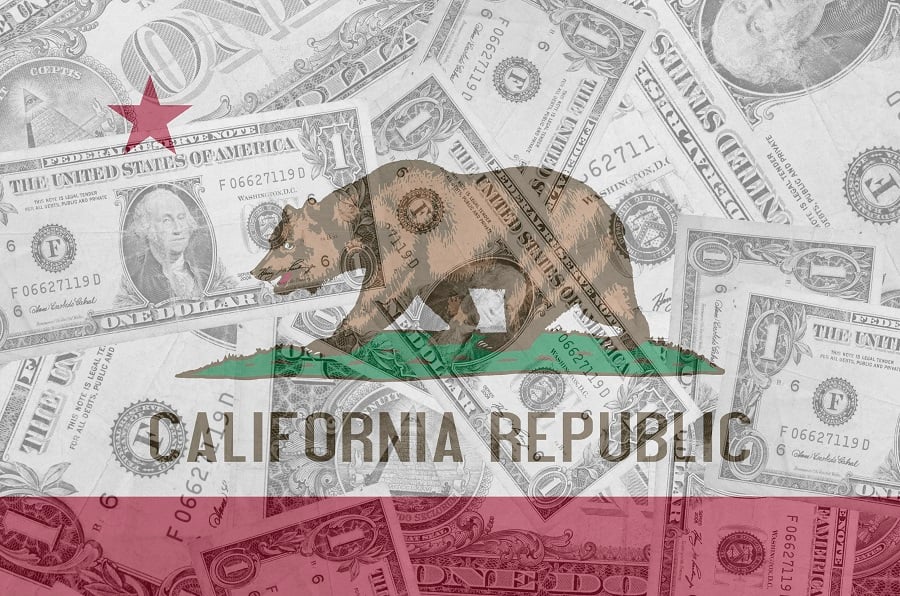

Registrations for California’s retirement savings program are surging as the final compliance deadline, for businesses with five or more employees and no retirement plan, occurs Thursday.
"More than 3,000 employers per day are joining CalSavers in the lead-up to the deadline,” Katie Selenski, executive director of the CalSavers Retirement Savings Program, said in a statement.
Already more than 87,000 employers have registered for CalSavers, according to California’s State Treasurer’s Office. Another 95,000 employers have responded to report their exemption, some of which represents new private plan formation while the rest may be preexisting plans that weren’t documented in the federal database of plans used to “preclear” known plan sponsors.
To date, participants have saved more than $225 million across 275,000 funded accounts, according to the State Treasurer’s Office.
"This is a giant step toward ensuring all Californians have a way to save for retirement at work," said California State Treasurer Fiona Ma, who chairs the CalSavers Retirement Savings Board.
Employers are legally required to join and are subject to penalties if they don't. Noncompliant employers will face penalties beginning at $250 per employee, rising to a total of $750 per employee for sustained noncompliance. Enforcement actions and financial penalties are underway for larger employers that missed their deadlines in 2020, for businesses with 100 or more workers, or 2021, for those with 50 or more employees.
"As one of the first of its kind programs, CalSavers is demonstrating its value in meeting the needs of small businesses and their workers. Employer satisfaction is high, more than two-thirds of enrolled workers choose to save, and we also know this helps boost their feeling of financial security," said Angela Antonelli, executive director at Georgetown University’s Center for Retirement Initiatives.
Nearly half of California workers are on track to face economic insecurity in their retirement, and most of the state’s private-sector employees lack access to a retirement plan at work, according to the Treasurer’s Office. California passed legislation in 2012 establishing an automatic enrollment retirement policy for private sector workers who lack access to work-based retirement plans, making it the first of many states to do so. The program launched fully statewide on July 1, 2019.

Relationships are key to our business but advisors are often slow to engage in specific activities designed to foster them.

Whichever path you go down, act now while you're still in control.

Pro-bitcoin professionals, however, say the cryptocurrency has ushered in change.

“LPL has evolved significantly over the last decade and still wants to scale up,” says one industry executive.

Survey findings from the Nationwide Retirement Institute offers pearls of planning wisdom from 60- to 65-year-olds, as well as insights into concerns.
Streamline your outreach with Aidentified's AI-driven solutions
This season’s market volatility: Positioning for rate relief, income growth and the AI rebound
